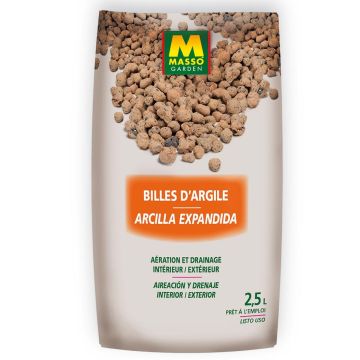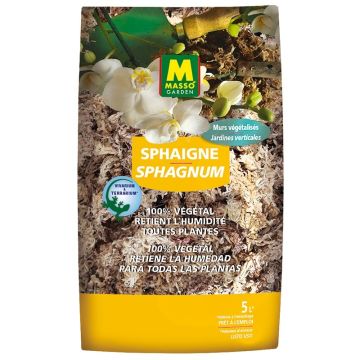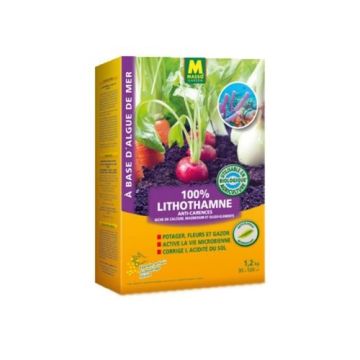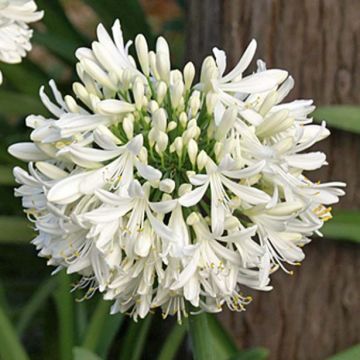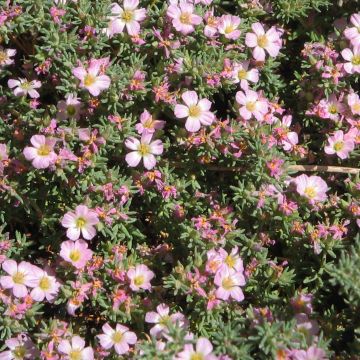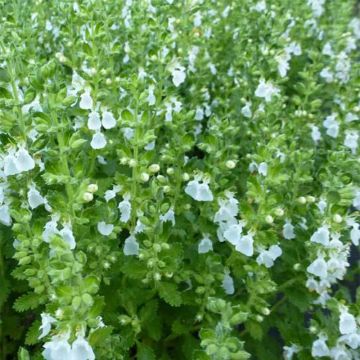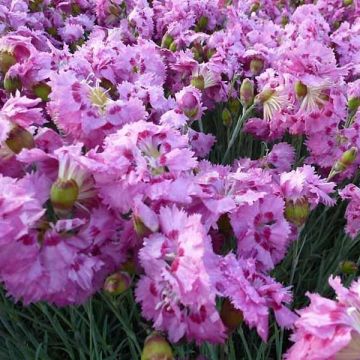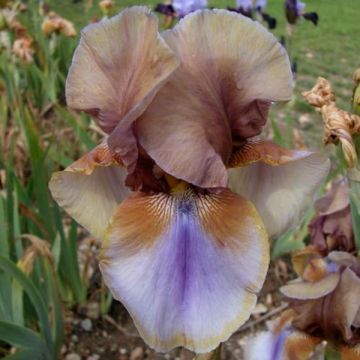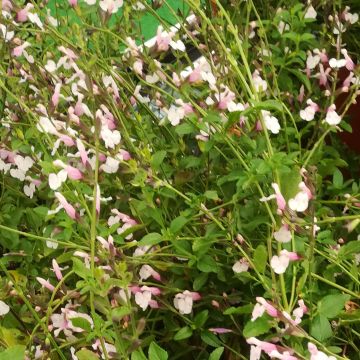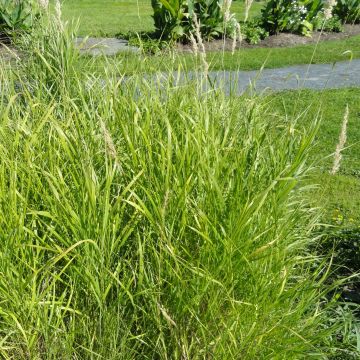

Agave desmetiana
Agave desmetiana
Agave desmetiana
Smooth Agave, Dwarf Century Plant
Special offer!
Receive a €20 voucher for any order over €90 (excluding delivery costs, credit notes, and plastic-free options)!
1- Add your favorite plants to your cart.
2- Once you have reached €90, confirm your order (you can even choose the delivery date!).
3- As soon as your order is shipped, you will receive an email containing your voucher code, valid for 3 months (90 days).
Your voucher is unique and can only be used once, for any order with a minimum value of €20, excluding delivery costs.
Can be combined with other current offers, non-divisible and non-refundable.
Home or relay delivery (depending on size and destination)
Schedule delivery date,
and select date in basket
This plant carries a 12 months recovery warranty
More information
We guarantee the quality of our plants for a full growing cycle, and will replace at our expense any plant that fails to recover under normal climatic and planting conditions.
Would this plant suit my garden?
Set up your Plantfit profile →
Description
Native to Mexico, Agave desmetiana is a succulent plant forming a rosette, with leaves that are smooth, arched, and a soft green with bluish hues. Unlike many other agaves, which are rigid and bristling with thorns, this one unfolds gracefully, as if its rosette were in motion. Its foliage is almost devoid of thorns, except for a sharp terminal point. Its rapid growth and striking form make it a favourite in dry gardens or in pots on the terrace. Moderately hardy (down to -4°C), this agave is an excellent choice for a cactus collection.
Agave desmetiana, from the Asparagaceae family, is a species native to the subtropical regions of eastern Mexico, particularly the states of Oaxaca, Yucatán, and Veracruz. This succulent plant is characterised by a compact rosette of fleshy, smooth, linear lanceolate leaves, measuring up to 30 cm in length. The glaucous green leaves have smooth margins and end in a sharp terminal thorn about 1 cm long. At maturity, Agave desmetiana reaches a height of 60 to 90 cm and a spread of 90 cm to 1.20 m in the ground. When cultivated in pots, its dimensions are generally more modest, around 50 to 60 cm in height, with a rosette diameter of about 1 metre. This species is known for its relatively fast growth and its tendency to produce offsets at the base, forming colonies of rosettes over time. Flowering is rare in cultivation but can occur in plants aged 8 to 10 years. It takes the form of a spectacular flower spike, reaching up to 2.5 m in height, with lateral branches bearing terminal clusters of pale yellow flowers. After flowering, the mother rosette dies, but the offsets ensure the plant's longevity. The root system of Agave desmetiana is shallow but extensive, adapted to efficiently capture water in arid environments.
Historically, agaves have been cultivated for centuries for various uses, including fibre production and fermented beverages. Although Agave desmetiana is primarily valued today for its ornamental appeal, its history is closely tied to the cultural and utilitarian traditions of Mexican regions.
Agave desmetiana is a sculptural plant that adds an exotic and contemporary touch to dry gardens and minimalist landscapes. In the ground, in a coastal garden, it stands out in a rockery or on a sunny slope. Its fluid silhouette contrasts beautifully with more rigidly shaped plants. On an exotic terrace, it can be paired with other succulent plants such as Mangave 'Lavender Lady', Phormium ‘Pink Stripe’, and Echeveria 'Perle Von Nürnberg'.
Report an error about the product description
Agave desmetiana in pictures
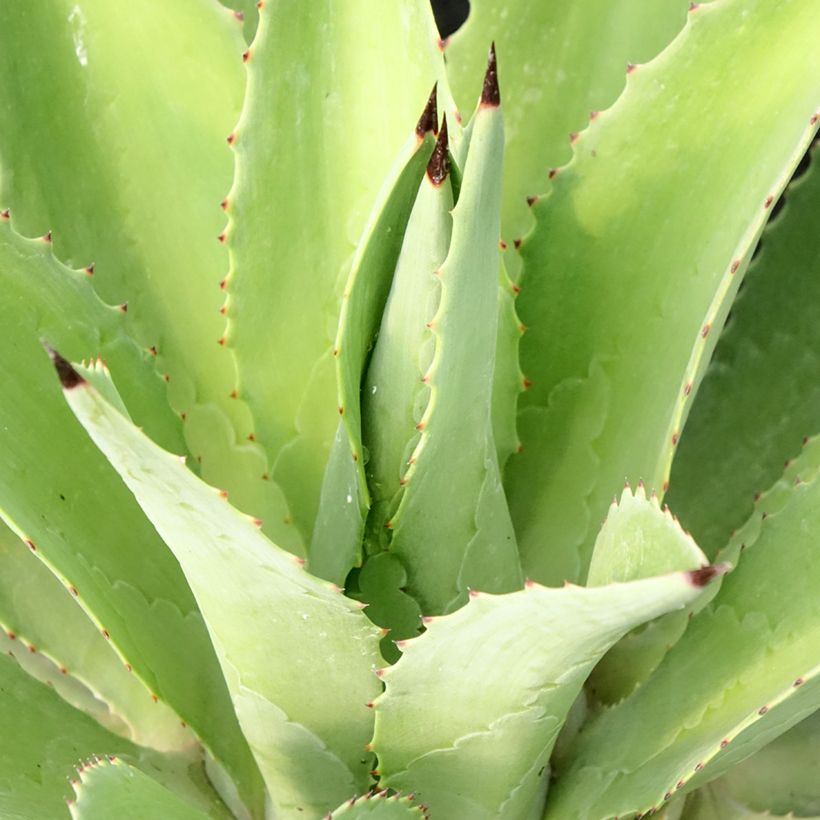

Flowering
Foliage
Plant habit
Botanical data
Agave
desmetiana
Asparagaceae
Smooth Agave, Dwarf Century Plant
Agave demeesteriana, Agave desmettiana, Agave miradorensis, Agave regeliana, Agave ananassoides
North America
Planting and care
Agave desmetiana is highly sensitive to temperatures below -4°C.
When planting in the ground, choose a location in full sun with well-drained soil, preferably sandy or stony. Dig a hole wide and deep enough to accommodate the roots, and add a layer of gravel or coarse sand at the bottom to improve drainage. Position the young plant so that the base of the rosette is level with the soil, then fill in with the soil mixture, lightly firming it down. After planting, water moderately to help the plant establish itself, then reduce watering as the agave is drought-tolerant.
In regions with wet and cold winters, it is essential to grow the agave in a pot so it can be brought indoors to a conservatory or temperate greenhouse to protect it from frost.
In a pot, choose a container with drainage holes and use a specific cactus substrate or a mix of light compost and sand. Water sparingly, allowing the substrate to dry out completely between waterings. During the active growth period, a monthly feed with a fertiliser for succulent plants can be beneficial.
Handle the plant with protective gloves due to its sharp terminal thorns.
Planting period
Intended location
Care
This item has not been reviewed yet - be the first to leave a review about it.
Similar products
Haven't found what you were looking for?
Hardiness is the lowest winter temperature a plant can endure without suffering serious damage or even dying. However, hardiness is affected by location (a sheltered area, such as a patio), protection (winter cover) and soil type (hardiness is improved by well-drained soil).

Photo Sharing Terms & Conditions
In order to encourage gardeners to interact and share their experiences, Promesse de fleurs offers various media enabling content to be uploaded onto its Site - in particular via the ‘Photo sharing’ module.
The User agrees to refrain from:
- Posting any content that is illegal, prejudicial, insulting, racist, inciteful to hatred, revisionist, contrary to public decency, that infringes on privacy or on the privacy rights of third parties, in particular the publicity rights of persons and goods, intellectual property rights, or the right to privacy.
- Submitting content on behalf of a third party;
- Impersonate the identity of a third party and/or publish any personal information about a third party;
In general, the User undertakes to refrain from any unethical behaviour.
All Content (in particular text, comments, files, images, photos, videos, creative works, etc.), which may be subject to property or intellectual property rights, image or other private rights, shall remain the property of the User, subject to the limited rights granted by the terms of the licence granted by Promesse de fleurs as stated below. Users are at liberty to publish or not to publish such Content on the Site, notably via the ‘Photo Sharing’ facility, and accept that this Content shall be made public and freely accessible, notably on the Internet.
Users further acknowledge, undertake to have ,and guarantee that they hold all necessary rights and permissions to publish such material on the Site, in particular with regard to the legislation in force pertaining to any privacy, property, intellectual property, image, or contractual rights, or rights of any other nature. By publishing such Content on the Site, Users acknowledge accepting full liability as publishers of the Content within the meaning of the law, and grant Promesse de fleurs, free of charge, an inclusive, worldwide licence for the said Content for the entire duration of its publication, including all reproduction, representation, up/downloading, displaying, performing, transmission, and storage rights.
Users also grant permission for their name to be linked to the Content and accept that this link may not always be made available.
By engaging in posting material, Users consent to their Content becoming automatically accessible on the Internet, in particular on other sites and/or blogs and/or web pages of the Promesse de fleurs site, including in particular social pages and the Promesse de fleurs catalogue.
Users may secure the removal of entrusted content free of charge by issuing a simple request via our contact form.
The flowering period indicated on our website applies to countries and regions located in USDA zone 8 (France, the United Kingdom, Ireland, the Netherlands, etc.)
It will vary according to where you live:
- In zones 9 to 10 (Italy, Spain, Greece, etc.), flowering will occur about 2 to 4 weeks earlier.
- In zones 6 to 7 (Germany, Poland, Slovenia, and lower mountainous regions), flowering will be delayed by 2 to 3 weeks.
- In zone 5 (Central Europe, Scandinavia), blooming will be delayed by 3 to 5 weeks.
In temperate climates, pruning of spring-flowering shrubs (forsythia, spireas, etc.) should be done just after flowering.
Pruning of summer-flowering shrubs (Indian Lilac, Perovskia, etc.) can be done in winter or spring.
In cold regions as well as with frost-sensitive plants, avoid pruning too early when severe frosts may still occur.
The planting period indicated on our website applies to countries and regions located in USDA zone 8 (France, United Kingdom, Ireland, Netherlands).
It will vary according to where you live:
- In Mediterranean zones (Marseille, Madrid, Milan, etc.), autumn and winter are the best planting periods.
- In continental zones (Strasbourg, Munich, Vienna, etc.), delay planting by 2 to 3 weeks in spring and bring it forward by 2 to 4 weeks in autumn.
- In mountainous regions (the Alps, Pyrenees, Carpathians, etc.), it is best to plant in late spring (May-June) or late summer (August-September).
The harvesting period indicated on our website applies to countries and regions in USDA zone 8 (France, England, Ireland, the Netherlands).
In colder areas (Scandinavia, Poland, Austria...) fruit and vegetable harvests are likely to be delayed by 3-4 weeks.
In warmer areas (Italy, Spain, Greece, etc.), harvesting will probably take place earlier, depending on weather conditions.
The sowing periods indicated on our website apply to countries and regions within USDA Zone 8 (France, UK, Ireland, Netherlands).
In colder areas (Scandinavia, Poland, Austria...), delay any outdoor sowing by 3-4 weeks, or sow under glass.
In warmer climes (Italy, Spain, Greece, etc.), bring outdoor sowing forward by a few weeks.






























